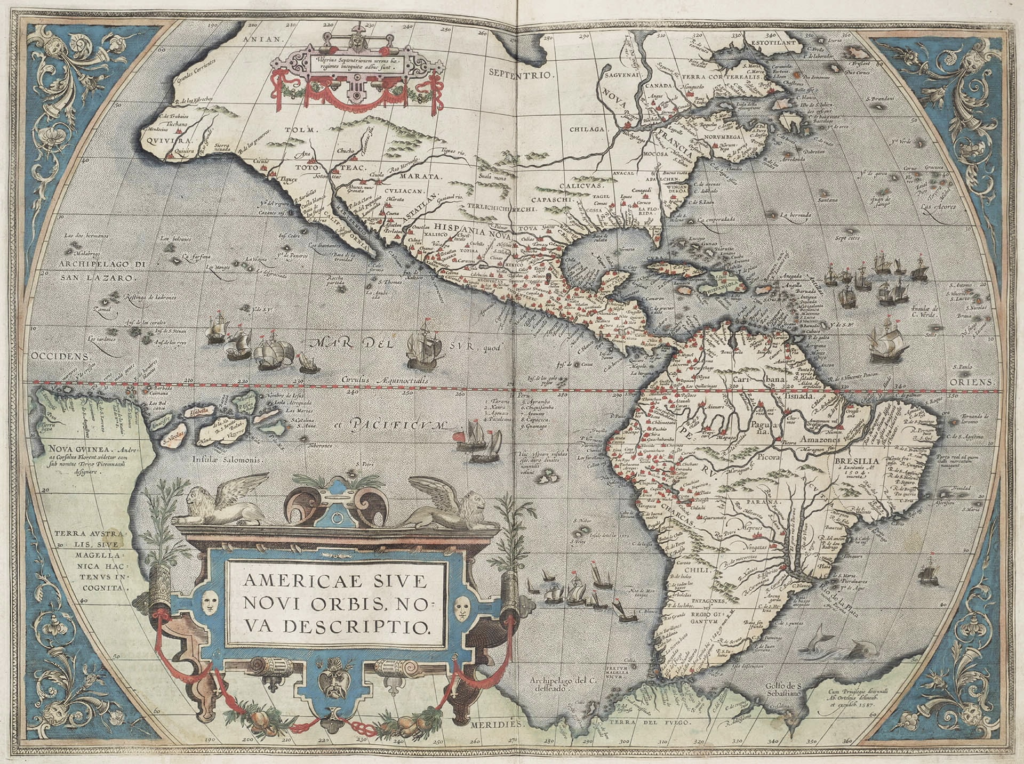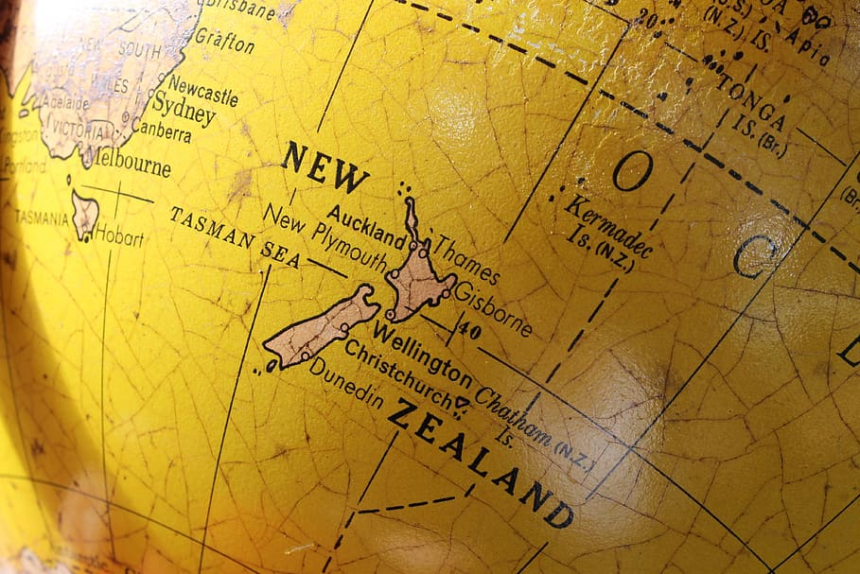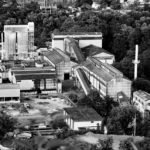The mystery of Old Zealand : Uncover the mysteries behind the geographical history of New Zealand, from ancient times to the present, revealing fascinating insights into its evolving landscape. Dive into the historical roots of New Zealand.
The mystery of Old Zealand : Introduction
The mystery of Old Zealand : The global map is rife with place names that tell fascinating tales of exploration, colonization, and cultural influence. Among these, the prefix “New” is a recurring theme, denoting locations transplanted from an explorer’s homeland to a vastly different destination. This practice has its roots in Western colonialism, with examples such as New Brunswick, New Hampshire, and New Orleans. However, one particular “New” on the map stands out, not only for its geographical remoteness but also for its Dutch origins — New Zealand.
ALSO READ : The Venus Flytraps : The Fascinating World Of Carnivorous Plants

Dutch influence on place names
The mystery of Old Zealand : The Dutch East India Company, with its expansive commercial reach, left an indelible mark on global geography. Dutch explorers and colonial officials played a significant role in christening various locations with names that echoed their Dutch roots. Notable examples include New Netherland (present-day New York), New Amsterdam (now known as New York City), and New Haarlem (currently Harlem). While the British eventually replaced some of these names, New Zealand retained its Dutch heritage.

The naming of New Zealand
The mystery of Old Zealand : In December 1642, the Dutch navigator Abel Janszoon Tasman achieved a milestone by becoming the first European to lay eyes on New Zealand’s South Island. It was Dutch cartographers who subsequently named the newly discovered territory after the Dutch maritime province of Zeeland. Situated northwest of the Belgian city of Antwerp, Zeeland is over 11,000 miles (17,700 km) away from New Zealand. To put this into perspective, the maximum distance between any two points on Earth is approximately 12,450 miles (20,000 km). Thus, New Zealand is practically as far from Zeeland as one can be without leaving the planet.

Zeeland : A distant origin
The mystery of Old Zealand : The province of Zeeland, known for its maritime history, is a far cry from the landscapes and cultures found in New Zealand. With a vast ocean separating the two locations, it’s intriguing to consider the historical context that led to the naming decision. The Dutch East India Company, a powerhouse of exploration and trade during the 17th century, undoubtedly played a pivotal role in this geographic nomenclature.

Legacy and remembrance
The mystery of Old Zealand : Despite the passage of time and the inevitable changes that come with colonization, New Zealand steadfastly preserves its Dutch heritage. The legacy of Dutch exploration not only endures in the names of landmarks and locations but also in the rich tapestry of cultural influences woven into the fabric of New Zealand society. The tenacity of the Dutch imprint is exemplified by the resilience of place names that have withstood the test of history, serving as living markers of the early navigators who left an indelible mark on this breathtaking land.

Beyond nomenclature, the Dutch influence can be seen in various aspects of New Zealand’s cultural mosaic, from culinary traditions to architectural styles that continue to reflect the fusion of Dutch and indigenous elements. As a nation, New Zealand proudly embraces its diverse heritage, acknowledging the Dutch explorers as integral contributors to its unique identity. In essence, the Dutch legacy in New Zealand extends far beyond mere geographical labels; it is a testament to the enduring spirit of exploration and the ability of cultures to coalesce and thrive.

Conclusion
The mystery of Old Zealand : New Zealand’s name is not just a label on the map; it’s a historical artifact that speaks to the age of exploration and colonial expansion. From Abel Janszoon Tasman’s sighting in 1642 to the enduring legacy of Dutch influence, the story of New Zealand’s name reflects the interconnectedness of our global history. As we navigate the intricacies of place names, we uncover tales of exploration, trade, and the complex web of cultural exchanges that have shaped our world.
To explore more news : Click Here
ALSO READ : 9 Of The World’s Deadliest Snakes : A Closer Look At Nature’s Most Dangerous Predators




































